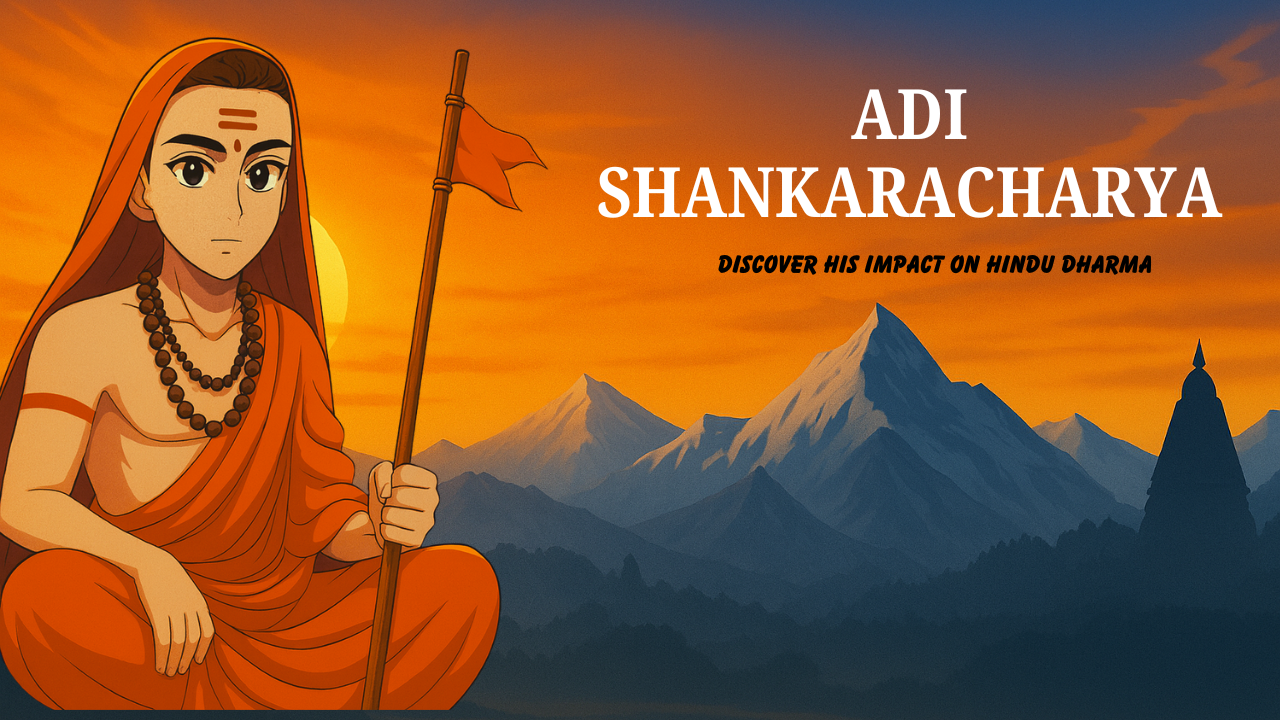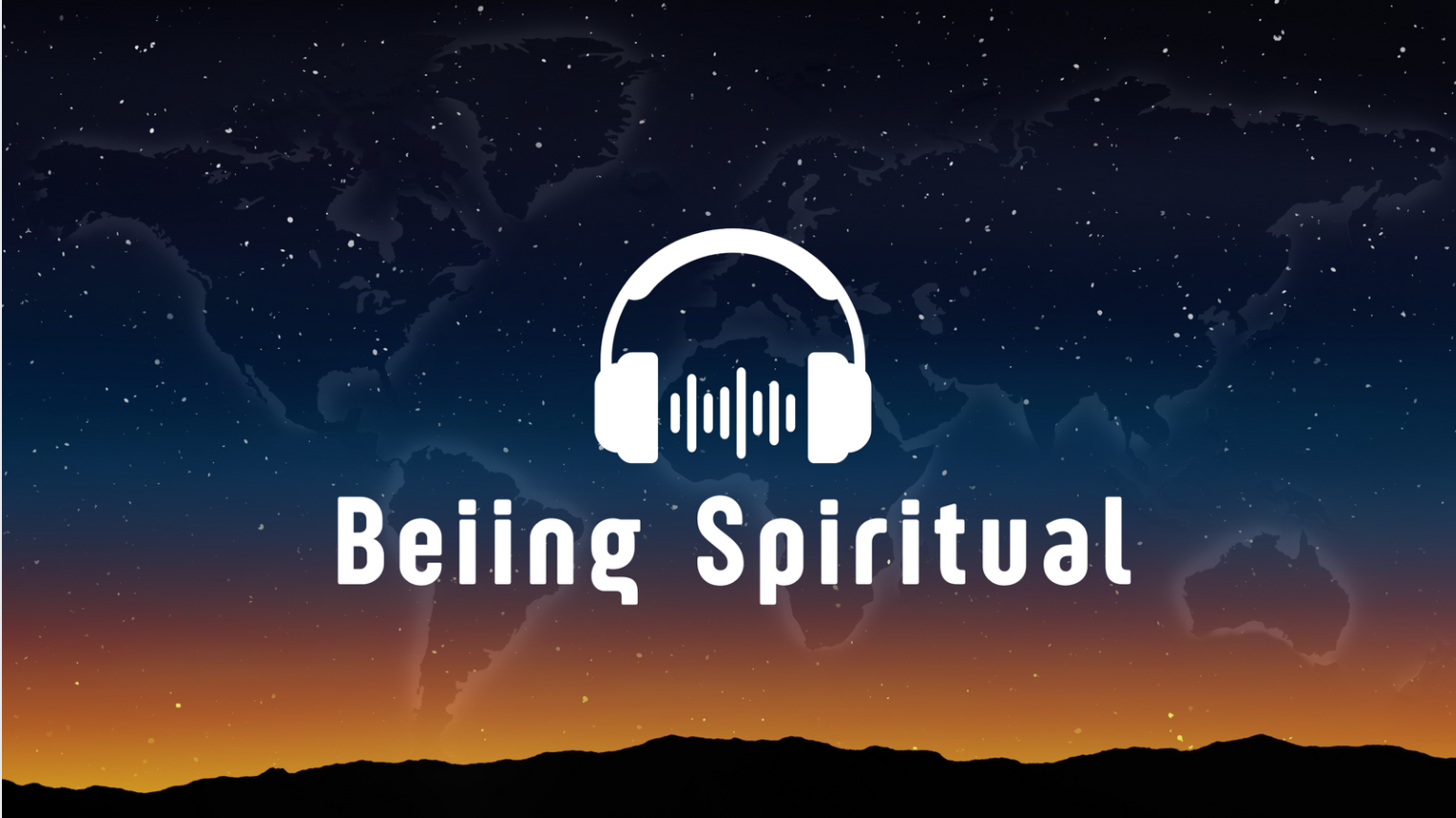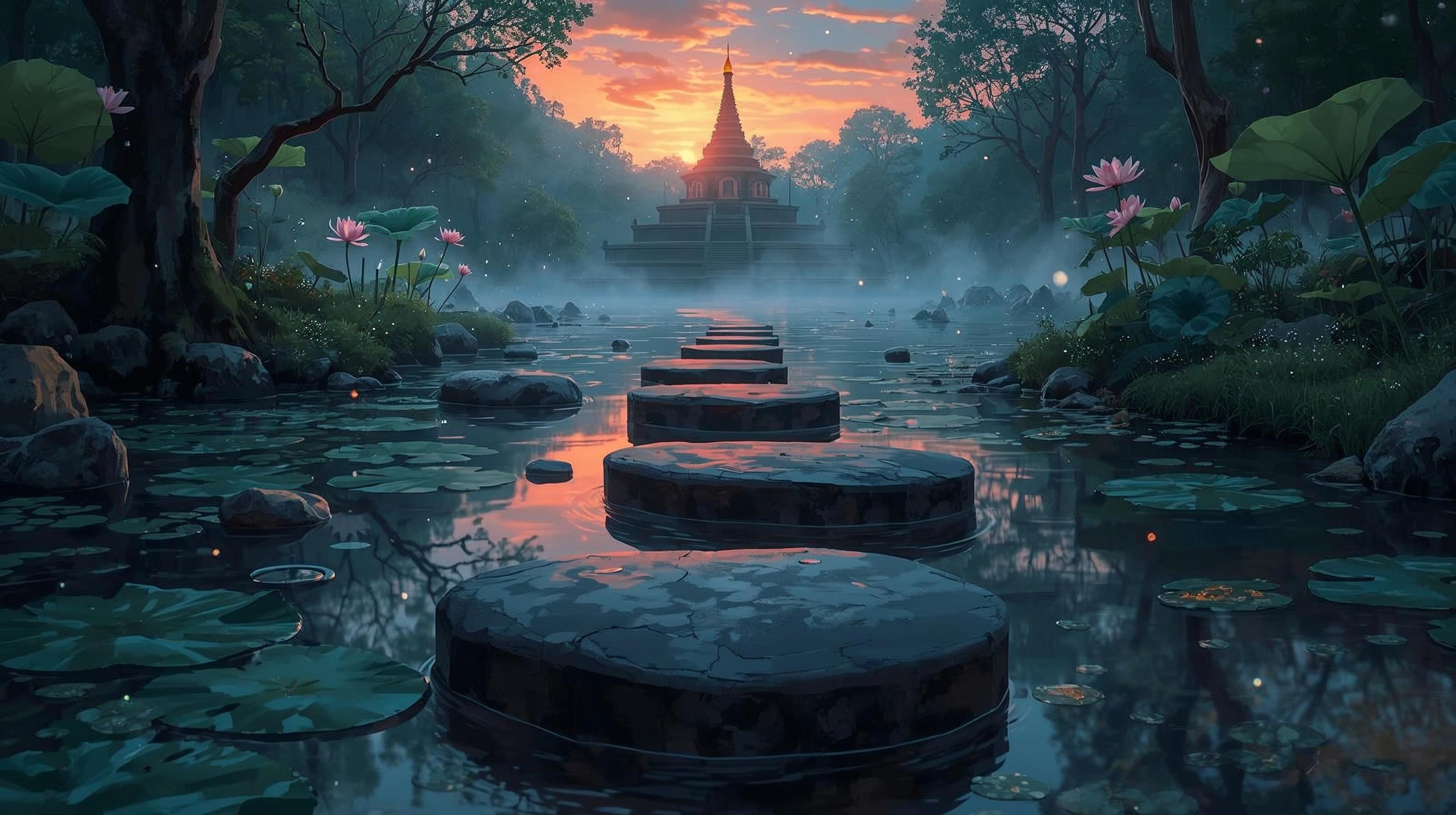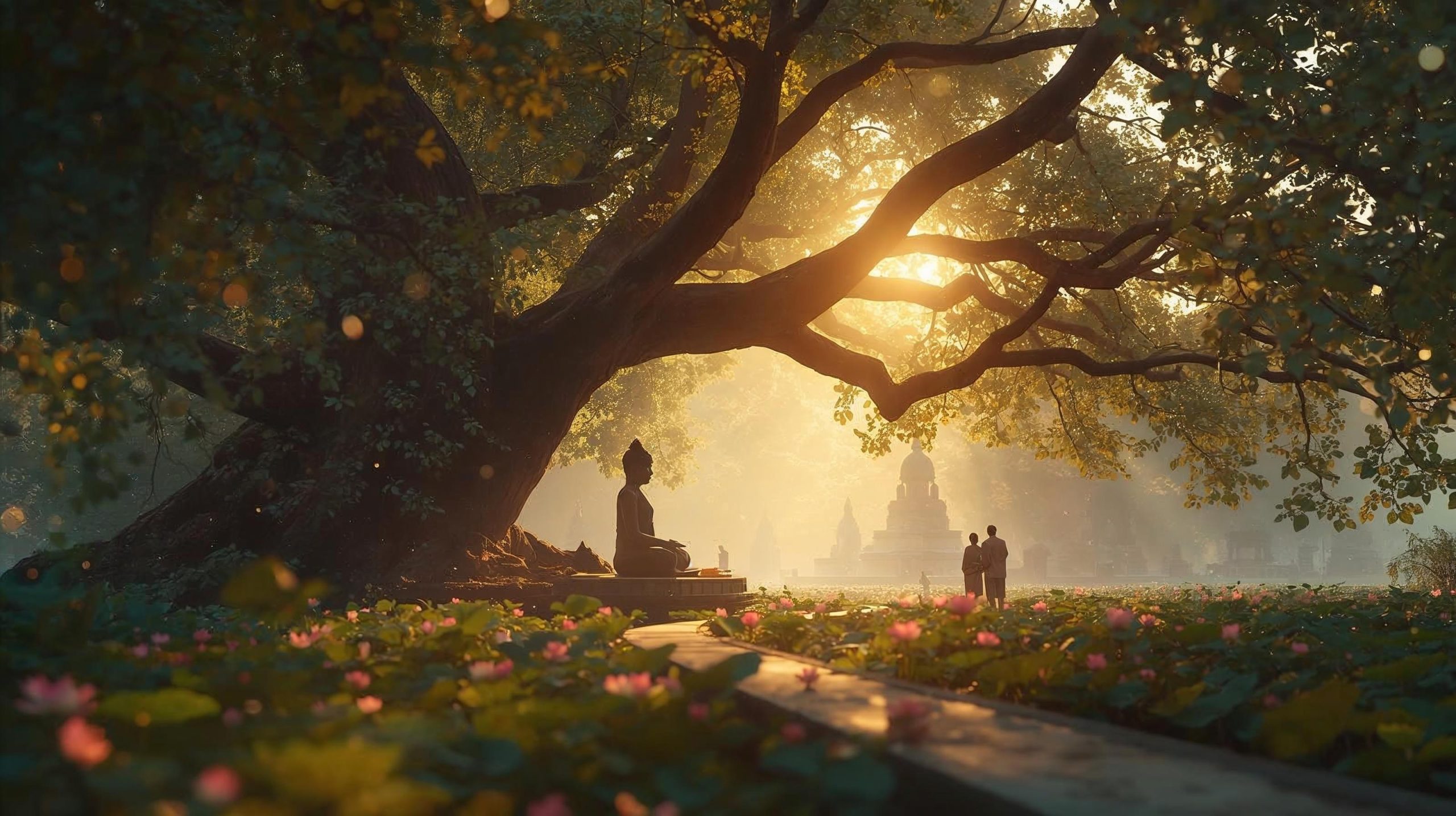Welcome to Beiing Spiritual. In this post, we explore the life, message, and lasting influence of Jagadguru Ādi Śhaṅkarācārya—the philosopher-saint whose clarity of Advaita Vedānta and sweeping reforms rekindled the flame of Sanātana Dharma across India.
What Is Dharma—Really?
Beyond rituals and sects, dharma is the way of living that preserves balance among people and with nature. As water cools, fire burns, and the sun gives light—so too the human dharma is to live in truth, compassion, and selfless giving. At its summit lies wholehearted refuge in the Divine: “sarvadharmān parityajya mām ekaṁ śaraṇaṁ vraja.”
When the Light Dimmed: India in the 8th Century
By the eighth century, Hindu life was fragmented. Buddhism and Jainism had wide influence; philosophical schools and sects often clashed; and many were drawn to purely material aims. The Vedic tradition needed a lucid, unifying voice.
A Miraculous Birth & Brilliance from Early Childhood
Born in Kāladi (Kerala) around 788 CE to Śivaguru and Āryāmbā after fervent prayers to Śiva, the child Śhaṅkara displayed extraordinary memory and intellect. By seven, he astonished scholars with his grasp of the Vedas, Upaniṣads, and grammar; by eight, he was already regarded as a scholar.
Renunciation & the Guru
Possessed of deep dispassion, Śaṅkara took saṁnyāsa with his mother’s blessing and studied under Āchārya Govindapāda, mastering the Vedas, Upaniṣads, Brahma-sūtra, and Bhagavad-gītā.
Essence of Advaita Vedānta
“brahma satyaṁ jagan mithyā jīvo brahmaiva nāparaḥ.”
Only Brahman is truth; the world is transient and māyā-born; the individual self is not separate from Brahman.
Through Sanskrit commentaries (bhāṣyas)—especially on the Prasthāna-traya (Upaniṣads, Brahma-sūtra, Bhagavad-gītā)—Śaṅkarācārya clarified Vedānta’s subtlest insights for seekers and scholars alike.
Making Wisdom Accessible
To reach everyday seekers, he composed lucid prakaraṇa-grantha such as Viveka-cūḍāmaṇi, Upadeśa-sāhasrī, Ātma-bodha, Aparokṣānubhūti, Sādhanā-pañcakam, Nirvāṇa-ṣaṭkam, and Manīṣā-pañcakam.
He also celebrated devotion through hymns like Bhaja Govindam, Saundarya-laharī, Kanakadhārā-stotram, and Dakṣiṇāmūrti-stotram.
Uniting Traditions: Pañcāyatana-pūjā & the Four Maṭhas
Śhaṅkarācārya promoted Pañcāyatana-pūjā—revering Śiva, Viṣṇu, Devī, Sūrya, and Gaṇeśa together—to honor diversity within unity.
His digvijaya journeys led to the establishment of four principal monasteries (maṭhas) across India, which continue to safeguard Vedic learning and practice.
Debate & Dialogue: The Mind of a Master
Through public śhāstrārtha (philosophical debate), Śhaṅkarācārya addressed hard questions and engaged leading scholars, including Buddhists and Jains.
The renowned dialogue with Maṇḍana Miśra symbolized a wider reconciliation of ritual and realization—after which Maṇḍana became Sureśhāchārya, a foremost disciple and leader at Śṛiṅgerī.
Legacy That Still Guides Us
In a brief lifespan—traditionally, just thirty-two years—Ādi Śhaṅkarācārya clarified a timeless path: knowledge illumined by devotion, unity without erasing diversity, and disciplined practice grounded in first principles.
Temple worship was renewed; sacred centers revitalized; and the Vedāntic vision made clear for generations.
Closing Reflection
May we keep this lamp bright in our own lives. “dharmo rakṣati rakṣitaḥ”—he who protects dharma is protected by it.
🎧 Listen to the Full Episode on Spotify
👉 Click here to listen to the full podcast episode on Spotify






Leave a Reply